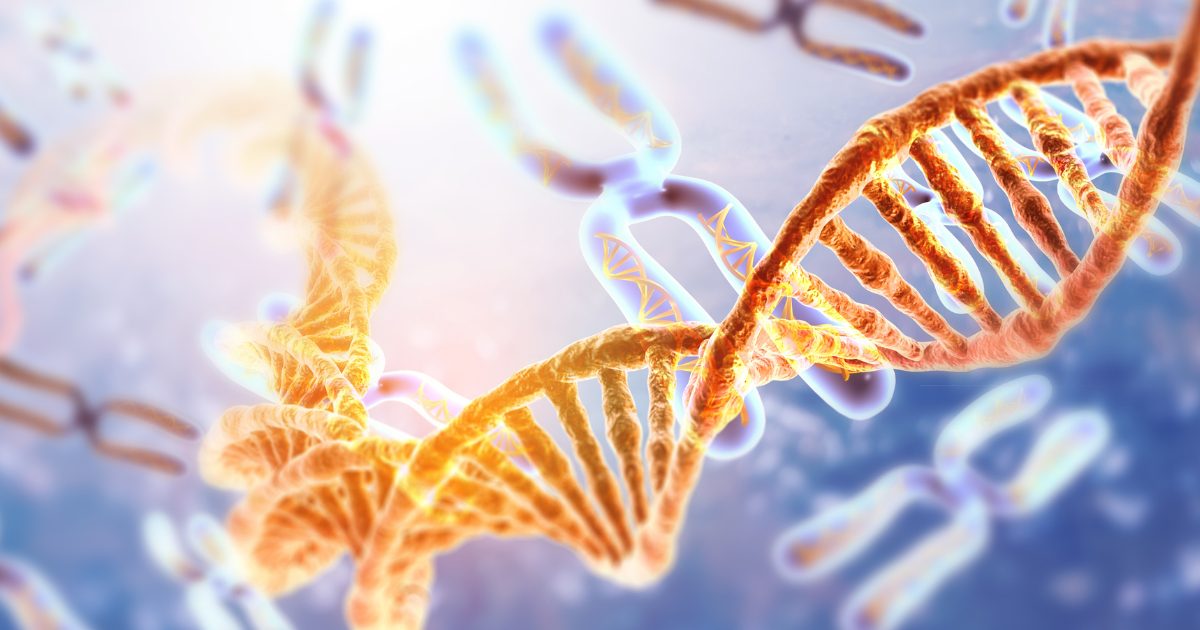Artificial chromosome synthesis is a powerful technique that enables scientists to elucidate the mechanisms underlying cellular life and its diversity. From mapping the genetic basis of trait differences to discerning the structural requirements of genomes, synthesizing chromosomes makes it possible to explore fundamental biological questions that have yet to be answered1. However, de novo chromosome synthesis is expensive and time-consuming, which greatly limits its use.
A Novel Approach Using Natural Components in Yeast
To overcome these challenges and break down the barrier of high costs, molecular biologists at the University of Southern California created a new method for building synthetic chromosomes using natural components in the budding yeast Saccharomyces cerevisiae and homologous recombination2. In this study published in Nature, the researchers presented a detailed protocol for their method and demonstrated the viability of this procedure. Their technique, named CReATiNG (Cloning, Reprogramming, and Assembling Tiled Natural Genomic DNA), consists of cloning natural chromosome segments flanked by unique adapter sequences. The adapter sequences specify how the segments will recombine during assembly. The cloned segments are then transformed into yeast cells and assembled in vivo via homologous recombination.
Leveraging Homologous Recombination to Construct Synthetic Chromosomes
To accomplish this, target-specific cloning vectors were produced and harvested from E. coli using the ZymoPURE II Plasmid Midiprep Kit. Next, S. cerevisiae cells constitutively expressing Cas9 were transformed with a linearized version of the cloning vector, a repair template containing a selectable marker, and multiple guide RNAs used to direct Cas9 to target segments. The cloned chromosome segments were extracted from the yeast cells using the ZymoPURE II Plasmid Midiprep Kit and lyticase and the isolated plasmids were amplified in E. coli. After another round of plasmid purification, the cloned chromosome segments were excised from the cloning vector using restriction enzyme digestion. The digested chromosome segments were then analyzed using agarose gel electrophoresis and recovered from the gel using the Zymoclean Large Fragment DNA Recovery Kit. Once recovered, the chromosome segments were co-transformed into a yeast cell with a centromere cassette, and a centromere-free version of the cloning vector, enabling in vivo assembly via homologous recombination. The native chromosome was then removed through centromere destabilization and counterselection.
The authors then demonstrated potential ways this method can be used to analyze phenotypic effects tied to specific chromosome segments. First, the researchers recombined chromosomes between different yeast strains and species and successfully produced a viable strain with a hybrid phenotype. They also utilized CReATiNG to restructure Chromosome I in S. cerevisiae in non-natural configurations, which significantly impeded growth. Extracting RNA from the modified yeast using Zymo Research’s YeaStar RNA Kit for RT-qPCR analysis revealed that the chromosome restructuring resulted in the overexpression of non-essential genes that are known to cause growth defects. Lastly, the authors successfully used their technique to create a viable S. cerevisiae strain that was missing about 40 % of Chromosome I.
Paving the Way for Synthetic Biology Discoveries to Come
With the help of Zymo Research’s innovative nucleic acid purification technologies, the researchers successfully developed a precise and cost-effective chromosome synthesis method that leverages natural components within yeast cells. Using CReATiNG, scientists can efficiently recombine, modify, or remove specific segments of natural chromosomes. This flexibility enables precise modifications, such as introducing beneficial traits or removing undesirable elements. In addition, since this method relies on homologous recombination between the synthetic chromosome and its native complement, defects in synthetic chromosome design can be overcome. CReATiNG opens doors to innovative biotechnological applications such as:
- Metabolic Engineering: Custom chromosomes can optimize metabolic pathways for more efficient production of valuable compounds (e.g., biofuels, pharmaceuticals).
- Gene Therapy: Synthetic chromosomes may be used to deliver therapeutic genes to treat genetic disorders.
- Synthetic Organisms: By assembling entire synthetic genomes, scientists can create novel organisms with beneficial properties.
Citations
- Hutchison, C. A. 3rd, Chuang, R. Y., Noskov, V. N., Assad-Garcia, N., Deerinck, T. J., Ellisman, M. H., Gill, J., Kannan, K., Karas, B. J., Ma, L., Pelletier, J.F., Qi, Z. Q., Richter, R. A., Strychalski, E. A., Sun, L., Suzuki, Y., Tsvetanova, B., Wise, K. S., Smith, H. O., Glass, J. I., Merryman, C., Gibson, D. G., Venter, J.C. (2016) Design and synthesis of a minimal bacterial genome. Science 351(6280), aad6253.
- Coradini, A. L. V., Ne Ville, C., Krieger Z. A., Roemer J., Hull C., Yang S., Lusk, D. T., Ehrenreich I. M. (2023) Building synthetic chromosomes from natural DNA. Nat. Commun. 14(1), 833.
